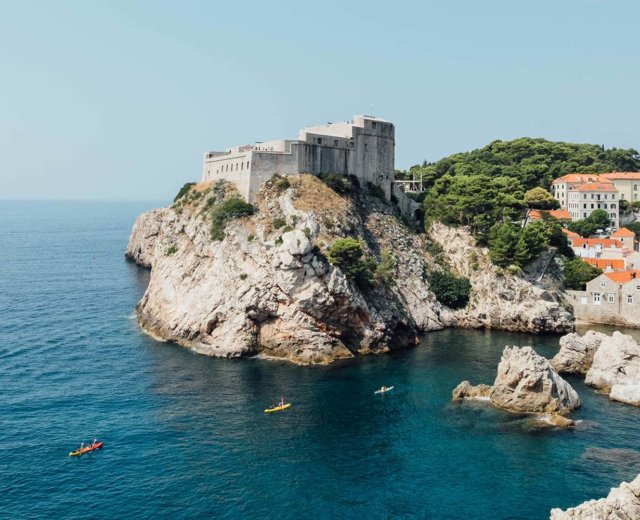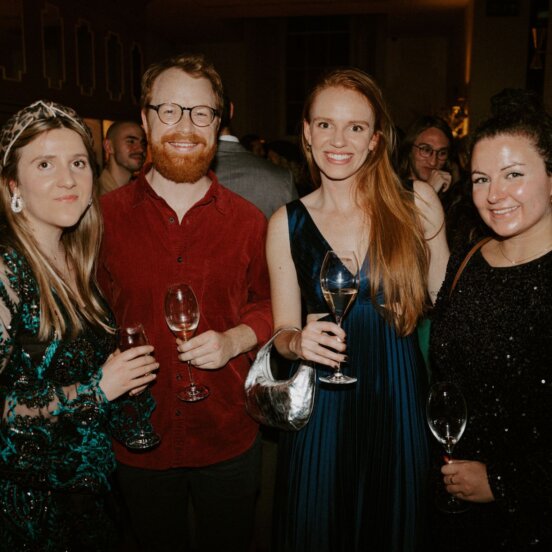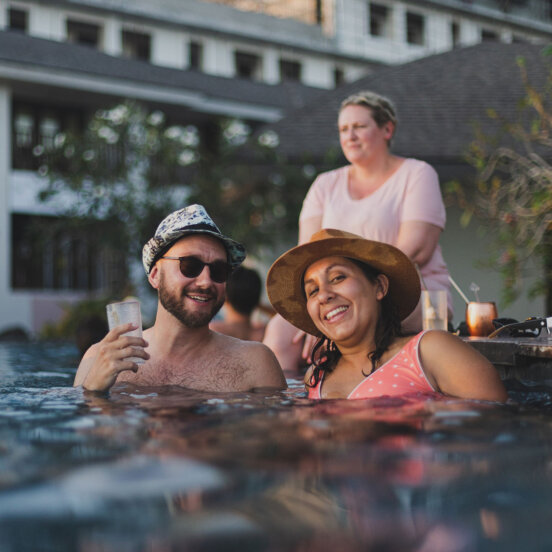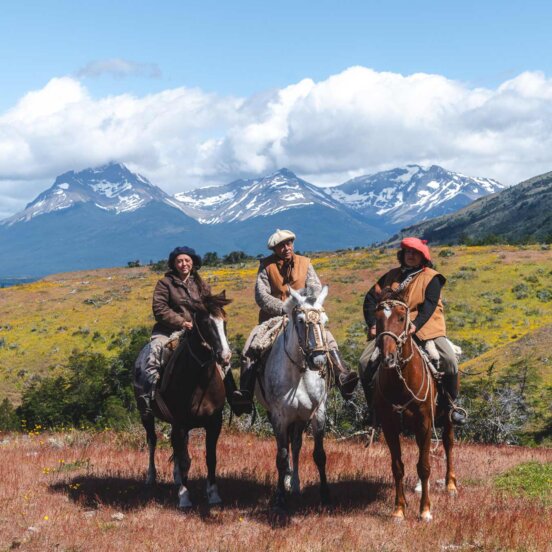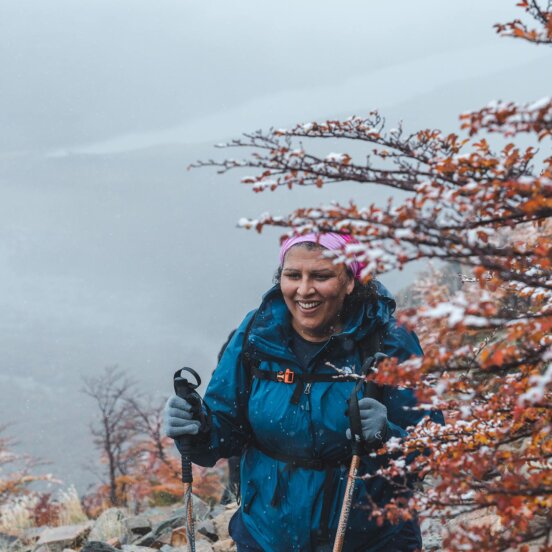I’m a Scotsman who didn’t like whisky – until I went to Japan
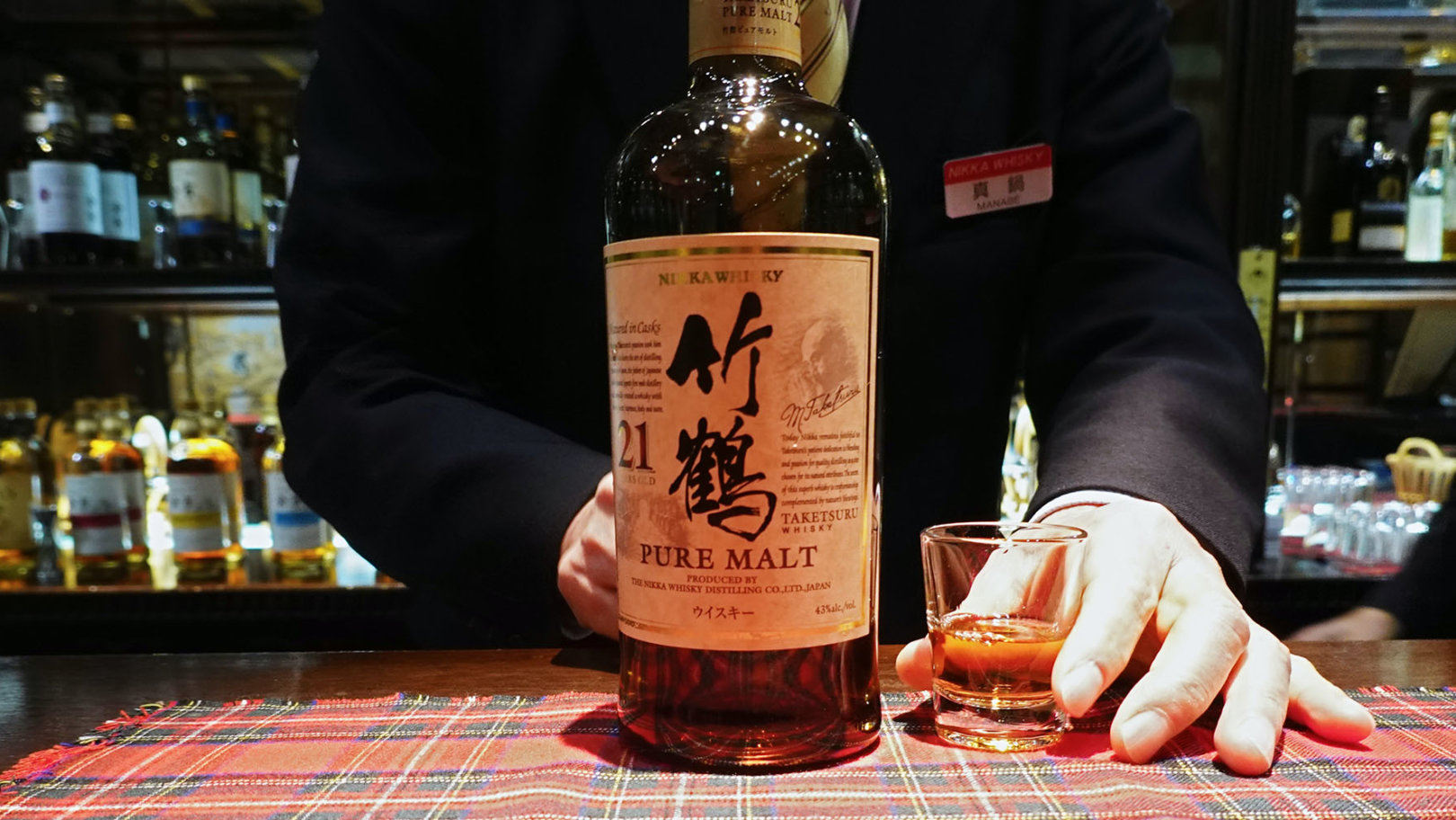
I can’t tell you the name of the distillery, or where it was other than in the Scottish Highlands, but I will never forget the first time I tried whisky. I was 11 years old and on a tour with my father, who was losing patience with my babbling and decided to let me try the merest sip from his glass to shut me up.
The whisky surged through my skull, I gagged, and it felt like my entire torso had been turned into an unhappy volcano. They say in the original Gaelic it means “water of life”, but that first time it felt very much the opposite.
It took 10 years before I was willing to try whisky again – and almost two decades before I found one I genuinely liked. To my surprise (and to the horror of some of my family) it wasn’t in my native Scotland – it was in Japan.
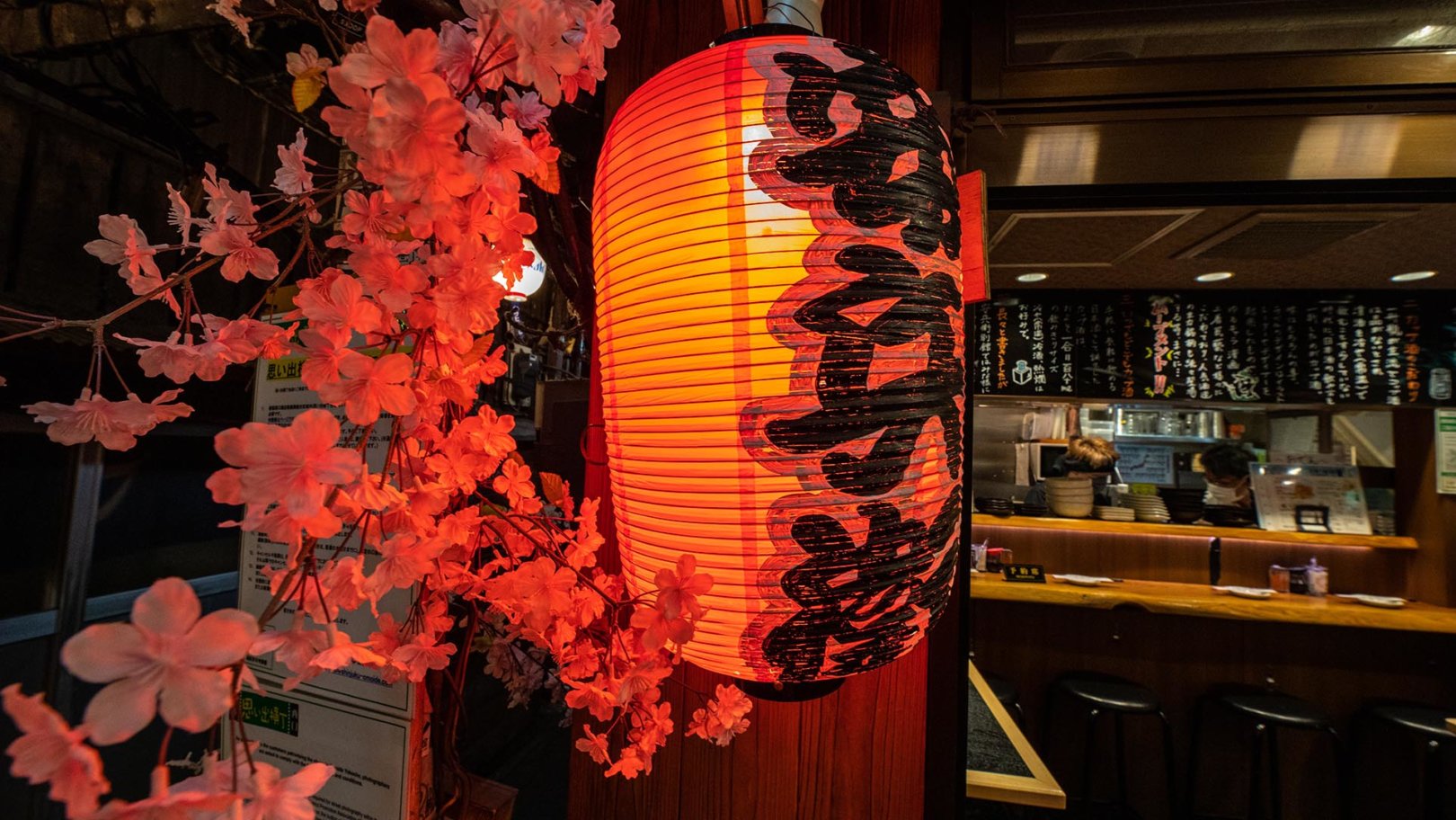
It took 10 years to try whisky again. Not in Scotland, but Japan
Suntory is almost certainly Japan’s most famous whisky, thanks in part to its ubiquity, but also a series of adverts featuring celebrities as diverse as Sammy Davis Jr, Sean Connery and Keanu Reeves.
Those often-awkward endorsements were later sent-up in Sophia Coppola’s Lost In Translation – her father, Francis, had hawked the brand, too.
None of which gave me much hope that the whisky would actually be any good when I visited Suntory’s original distillery at Yamazaki on the border of Osaka and Kyoto prefectures.
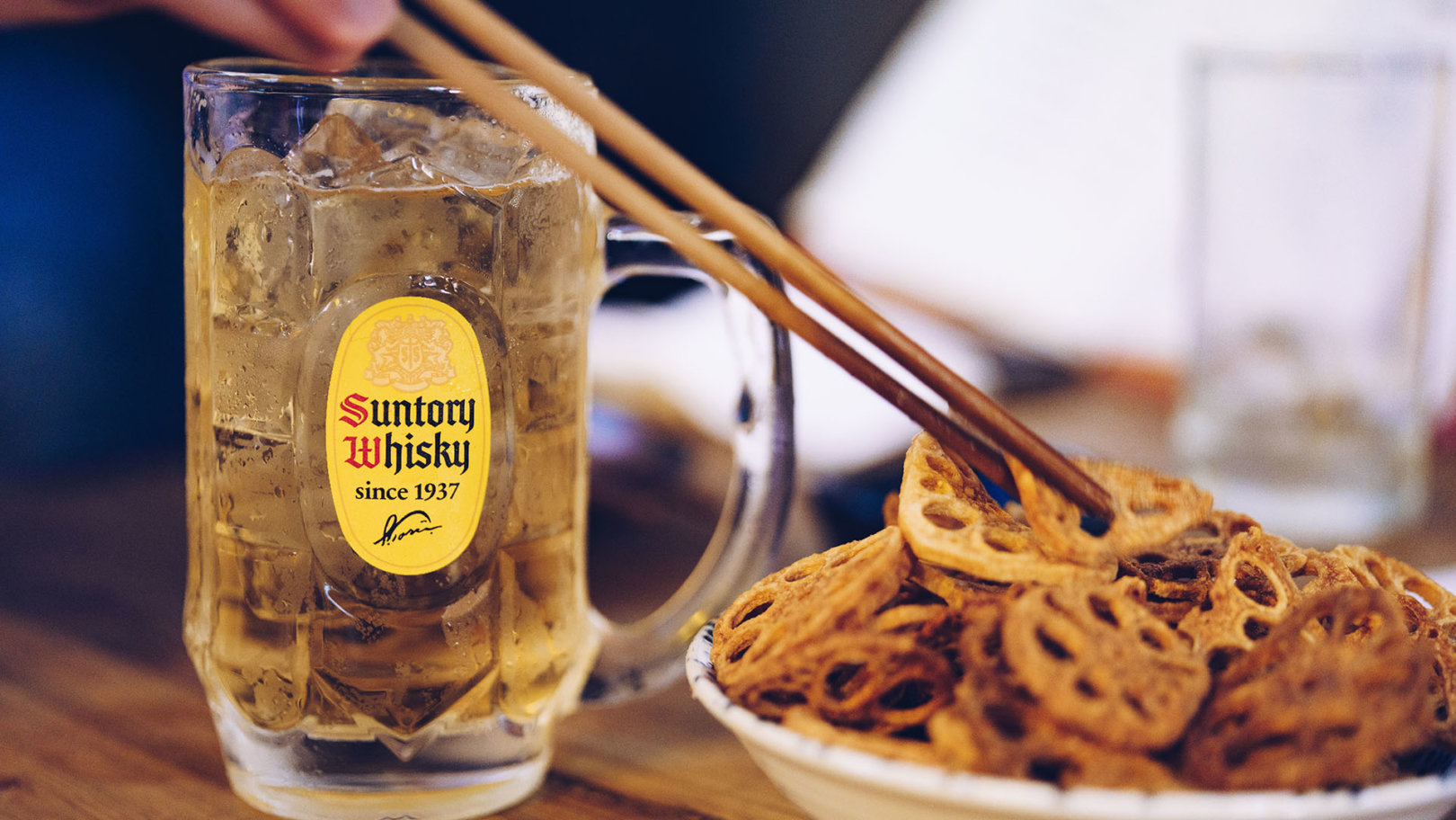
Finally, here was a whisky that I enjoyed
It was a delight to be wrong – the drinks were light and smooth and here, finally, was some whisky that I not only tolerated, but enjoyed. As much as I liked trying the liquids, though, they were perhaps outshone by Suntory’s origin story.
Shinjiro Turii’s company started whisky-making in 1924, having selected Yamazaki – the site of several natural wells – for a base. The water here had a long-standing reputation for its purity. Indeed, not far from the Suntory plot, the nation’s long history of the tea ceremony is said to have started.
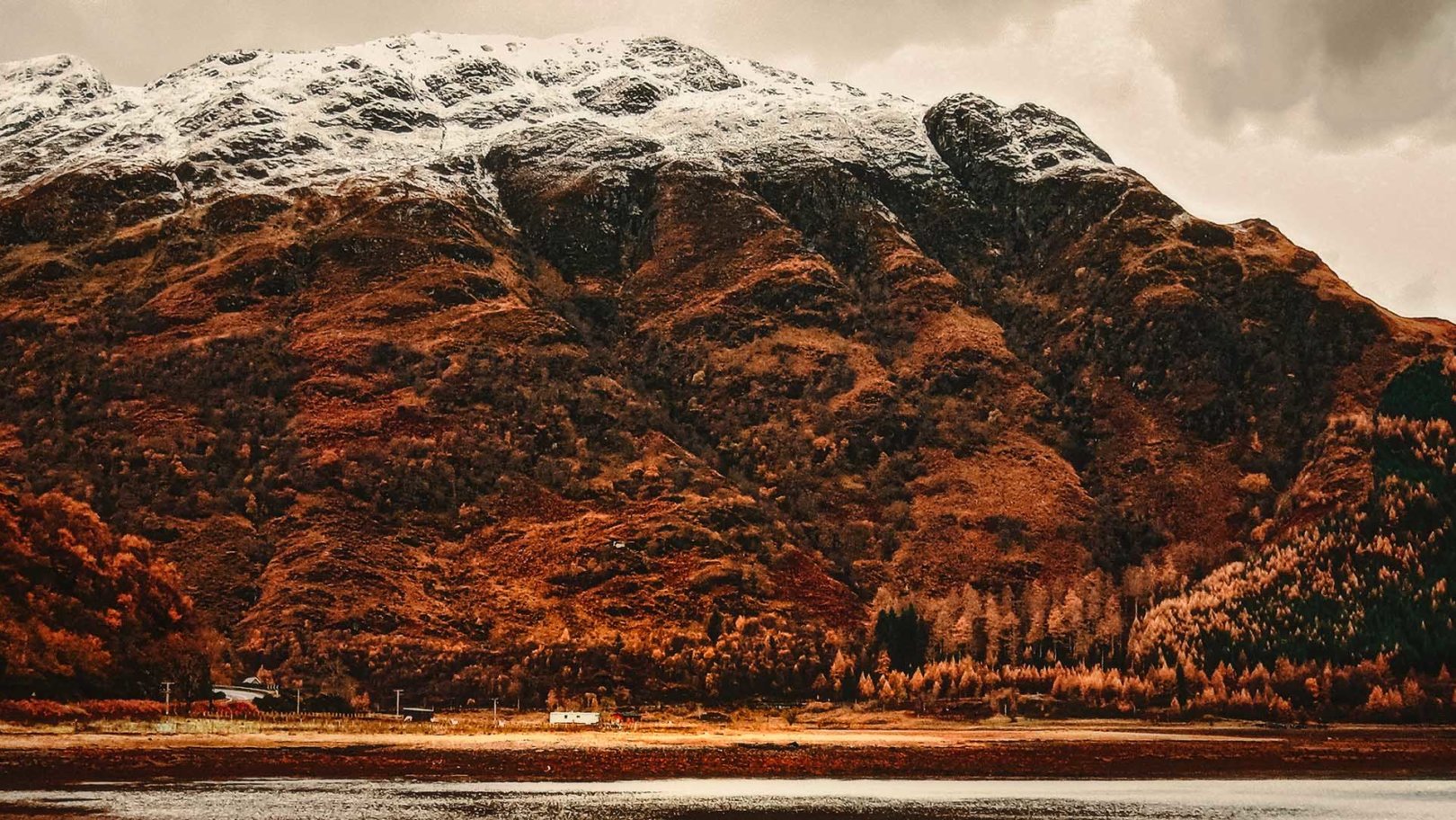
This whisky-maker travelled to Scotland to learn the trade
Turii knew the product he wanted when he secured the land. The problem was he didn’t actually know how to make good whisky. He sent missives all the way to Scotland, asking for an expert. Eventually, he heard that, in fact, there was already a whisky maker living in Japan – not only that, but he was Japanese.
Masataka Taketsuru had travelled to Scotland some five years previously to learn the trade at Glasgow University. He studied hard and found work at the now-defunct Hazelburn distillery in windy Campbeltown on Kintyre. Into the bargain, he had fallen in love with a Scottish woman, Rita Cowan, who he married and brought back to Japan.
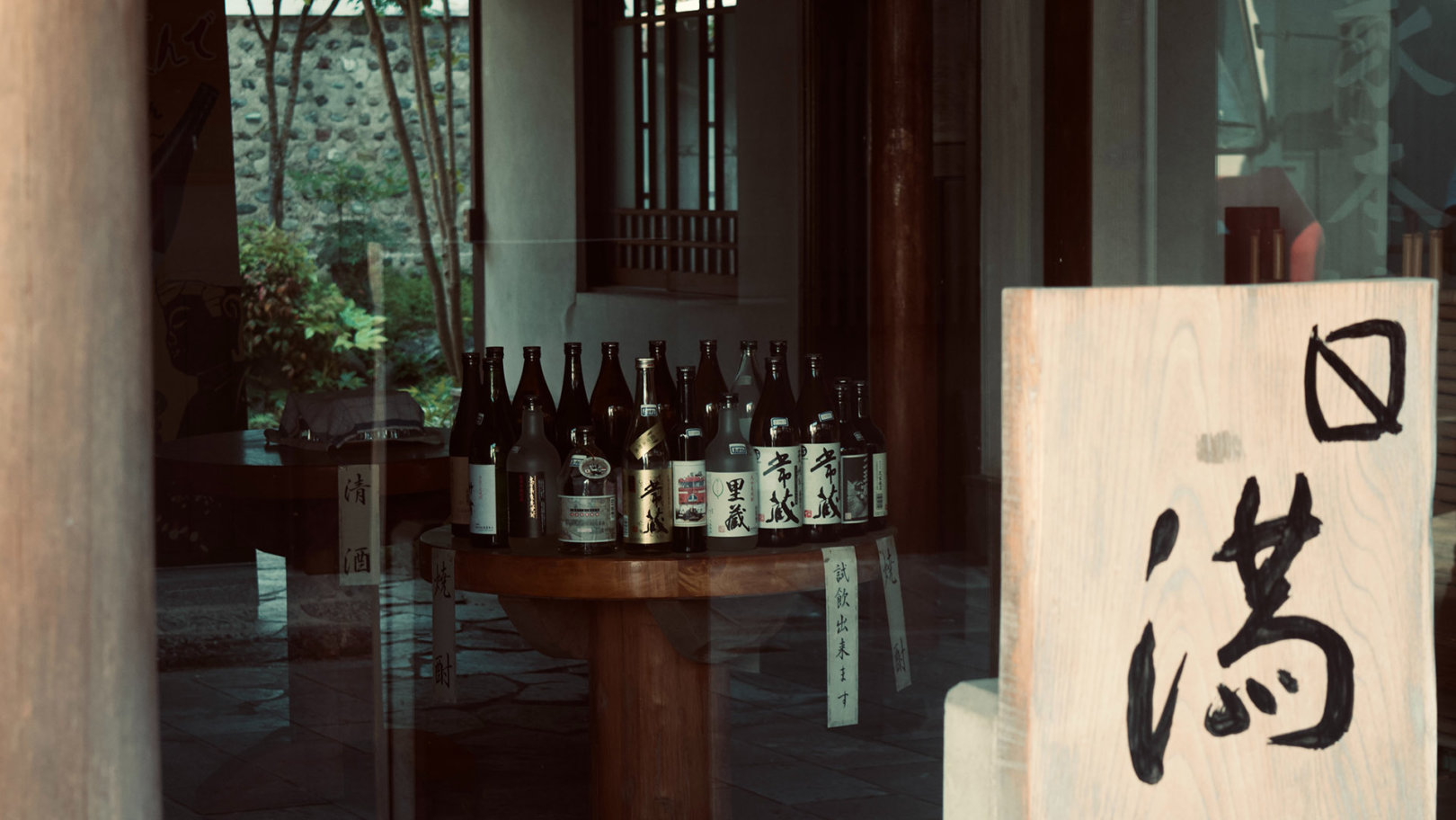
At first, Scotland’s national drink was too alien for local palettes
Turii and Taketsuru set to work, but questions were soon being asked. Why did it all take so long? Sake only takes a few months. How could the men possibly need so much barley? Locals suspected they were feeding a monster in the hills.
To set minds at ease, Turii released Suntory, and Japan’s, first-ever bottle of single malt, ahead of time, in 1929. Their debut brand, the White Label, promptly bombed. The following year they brought out the Red Label. The same thing happened.
This wasn’t in either of their plans. It turned out that Scotland’s national drink was just too alien for local palettes: overwhelmingly potent, dwarfing sake, beer, and all types of food. This was a huge disappointment to master distiller Taketsuru. He had followed the Scottish method meticulously, and yet, after waiting for five years for the results, people hated his product.
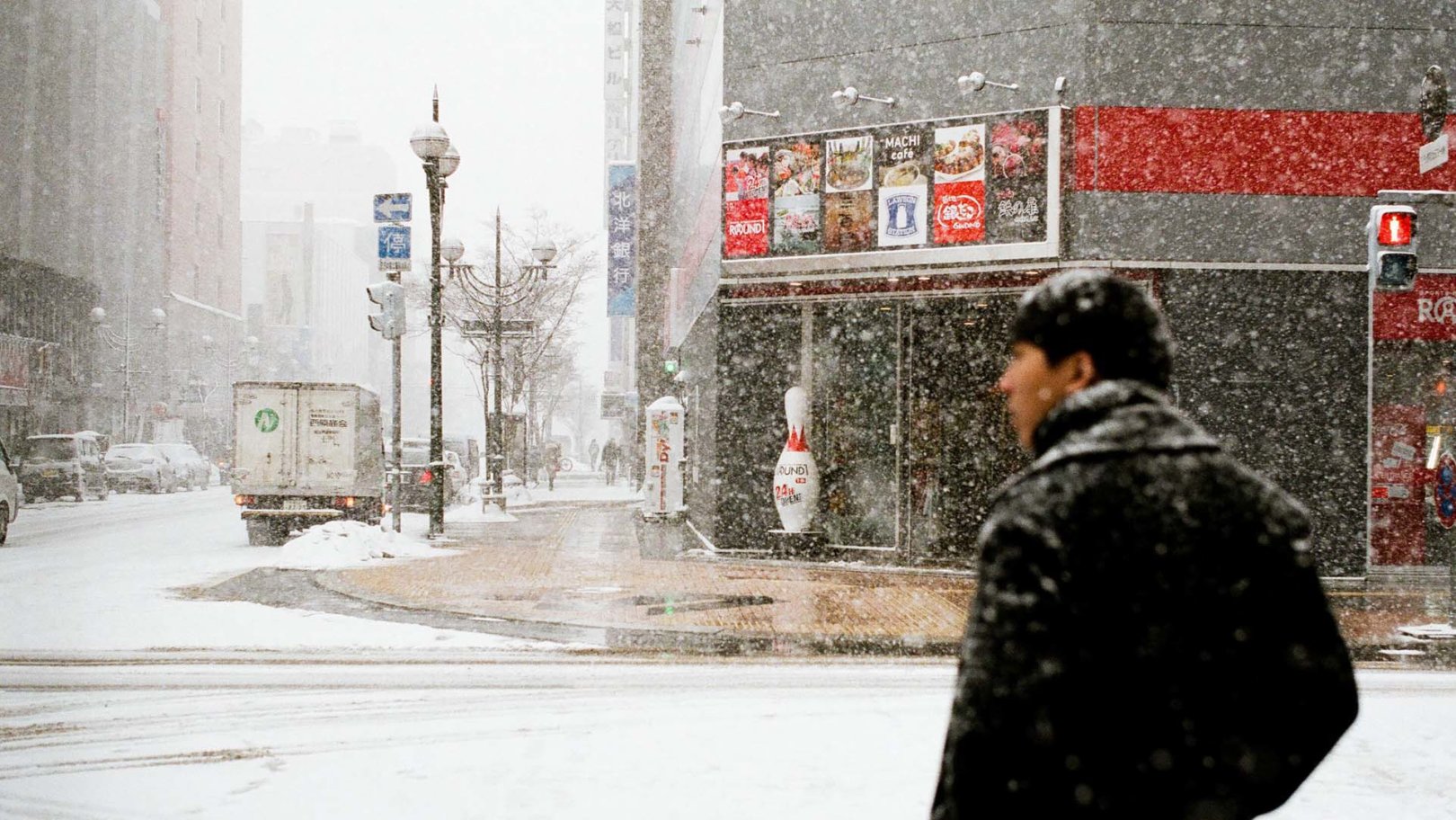
Hokkaido’s climate more closely resembled that of Scotland
Around this time, a rift formed between the two men, who had visions of success pulling in very different directions. By 1934, after a decade at Suntory, Taketsuru left the company, moved to Hokkaido (a climate he believed, quite correctly, more closely resembled that of Scotland) and set up a rival distillery in Yoichi, 90 minutes outside Sapporo, to follow a purer Scottish method.
Like Suntory, it would eventually go on to become a big success as local knowledge, ingredients and patience all improved. Today his company, Nikka Whisky, continues to snap at his old firm’s heels in whisky sales. They are number one and number two in the ranks of Japanese whisky makers, and they always have been.
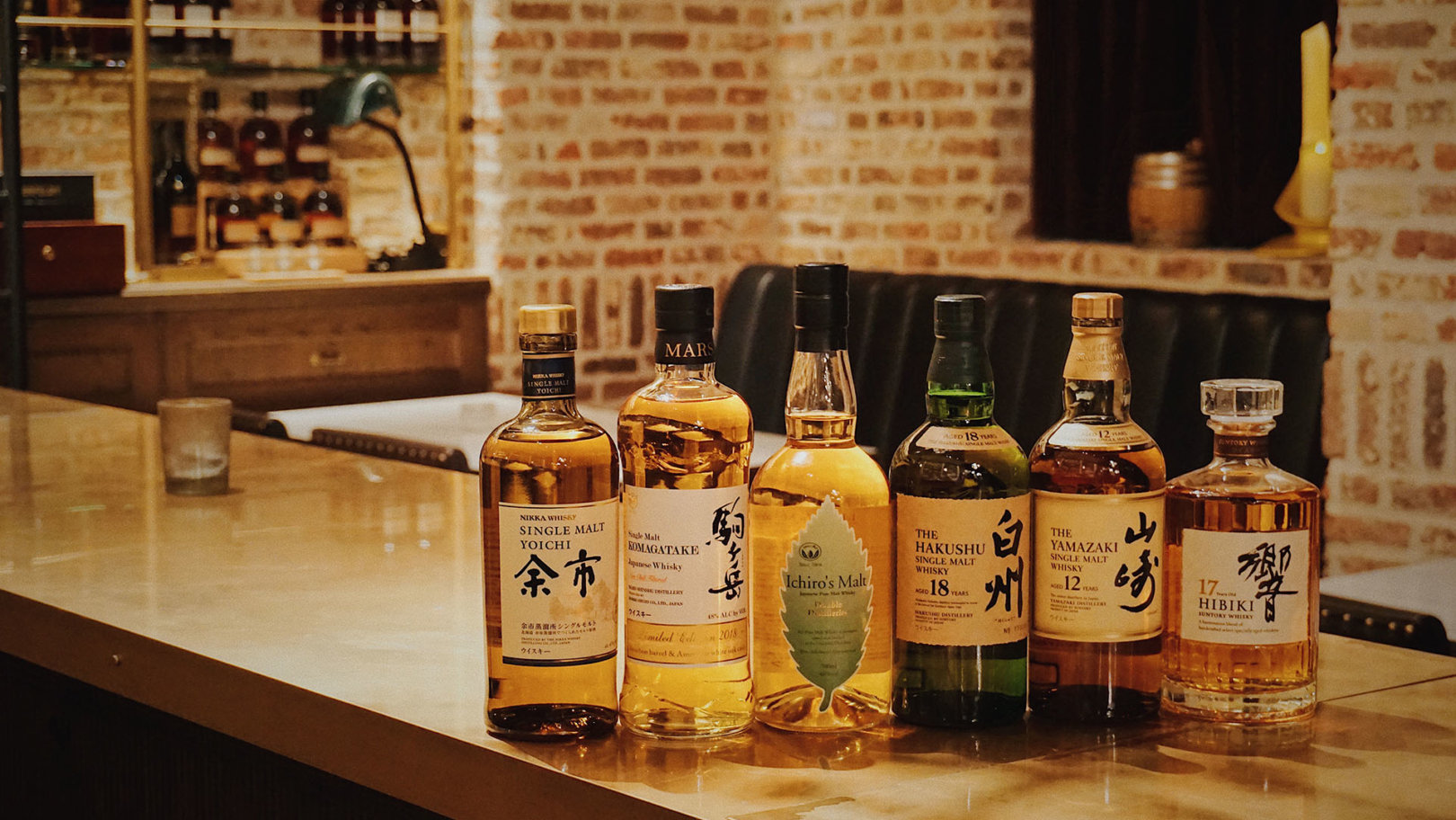
Today, Suntory and Nikka are No1 and 2 in Japanese whisky
As I followed him around the distillery, Suntory’s Makoto Sumita told me that even today the Suntory-Nikka rivalry is “not so friendly.”
Despite Japan’s reputation for innovation, they haven’t been able to speed the process up. In fact, Suntory now takes longer than ever to make its whiskies, with some as old as 30 by the time they are bottled.
In 1944, the dedication to their product also saw them ordering employees to dig holes in the nearby hills to hide barrels from Allied bombs, that thankfully never arrived.
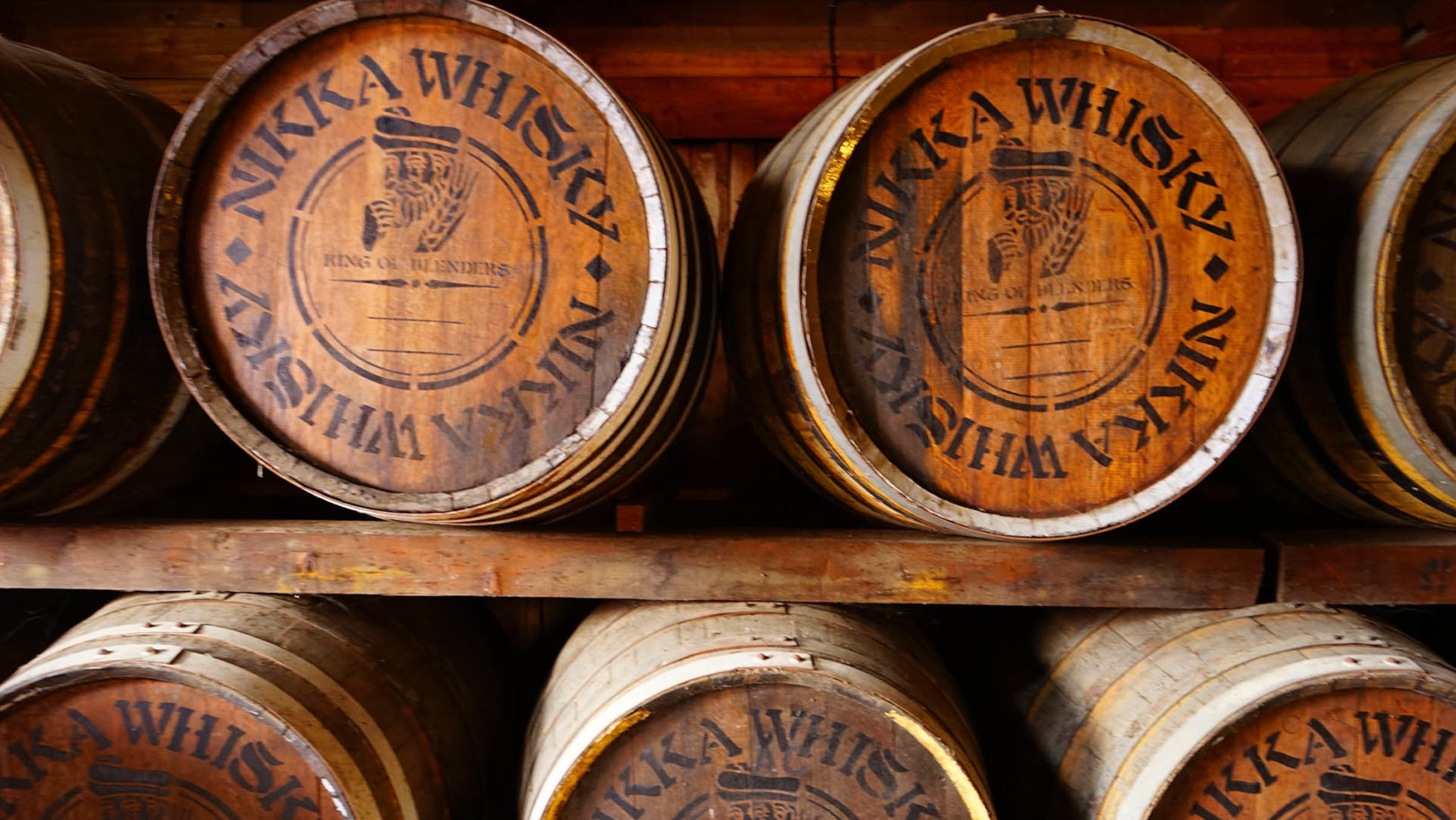
Some whiskies are 30 years old by the time they are bottled
Beyond this, though, Suntory and Nikka’s greatest achievements are perhaps not the international awards they’ve both received, but their ubiquity around their own country. Every convenience store has the low-end blends of one or both brands and it’s unlikely you’ll find a bar or izakaya (Japanese drinking den) that can’t whip you up a cheap whisky highball.
On a recent trip to Tokyo, I sat in a gloriously greasy dumpling joint, Gyoza-no Antei in Shinjuku, and watched as girls on the next table poured themselves measures from a monstrous 2.7L bottle of Suntory’s cheapest blend.
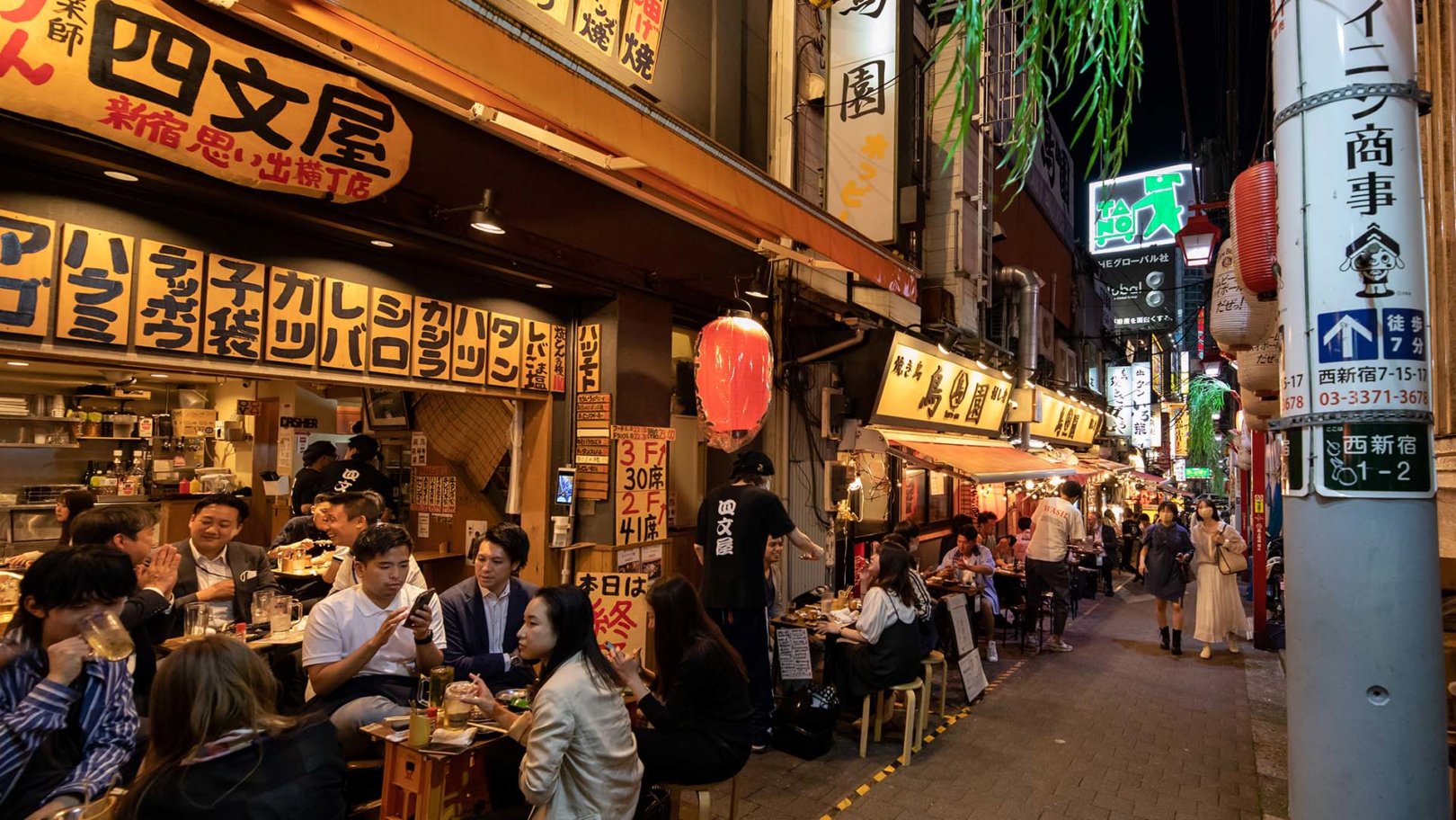
Whisky is now ubiquitous in every izakaya (bar)
You can find higher-end highballs at Rock Fish in Ginza, while there’s an admirable focus on Scotch in Chotto Bar Ho in Kojimachi. Tokyo’s list of great whisky bars is long, these days – and the opportunities for misadventure numerous. But in some of my favourites, the focus is on refinement and appreciation, much more than it is about finding yourself unhorsed at 1am with a hankering for more gyoza.
Zoetrope in Shinjuku has a selection of almost 300 bottles, a far broader selection than the average whisky bar in Scotland, with many rare single malts and limited editions crammed behind its tiny bar. Even more impressively – they’re all domestic whiskies.
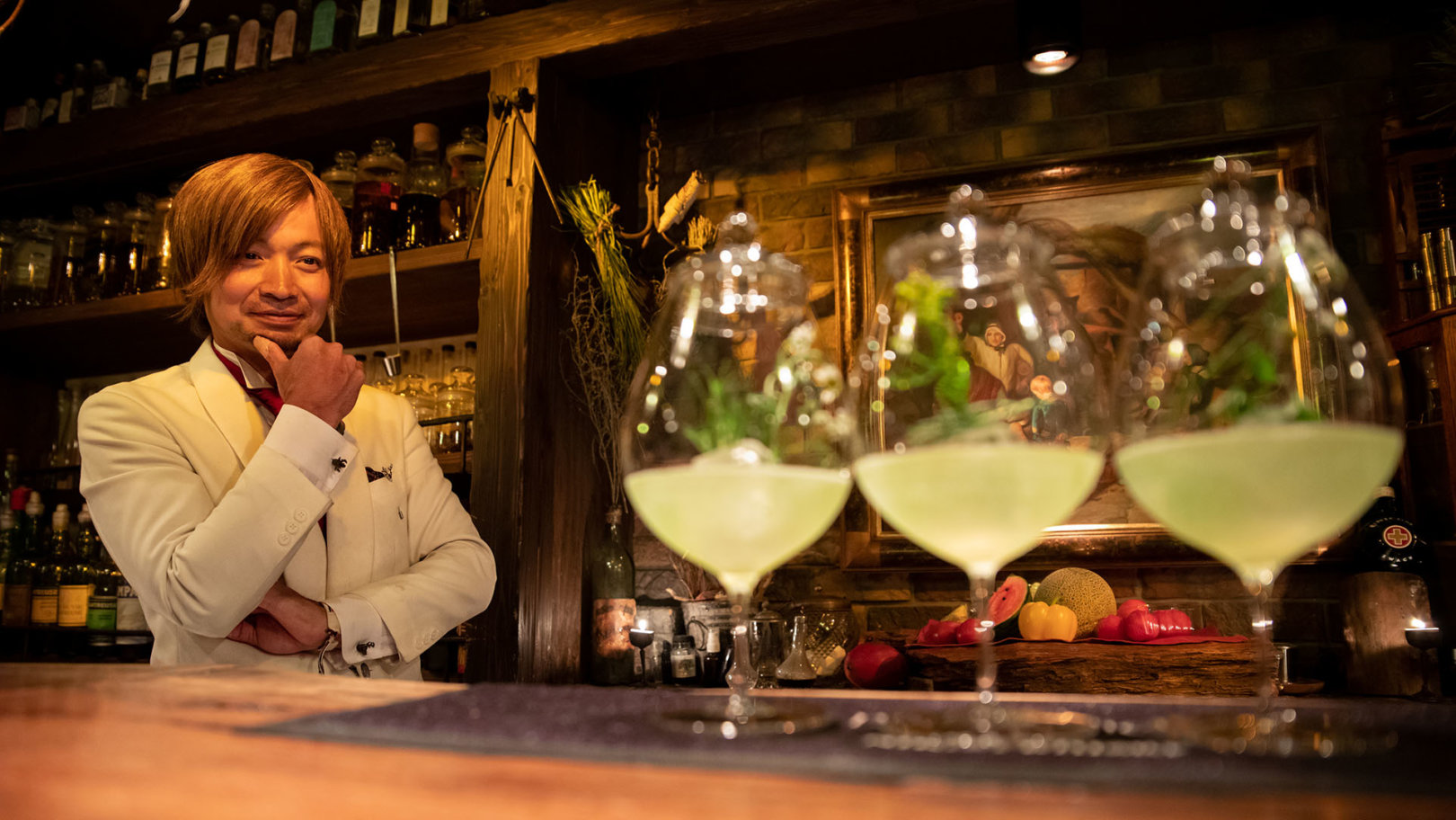
In Tokyo, the list of great whisky bars is long
Not far from there, Ben Fiddich is now officially classified as the best bar in Japan, owned by Hiroyasu Kayama. His family name translates literally as “Deer Mountain” and – knowing what kind of bar he wanted to open – he had it further translated into Scots Gaelic: Ben Fiddich. Eccentric, funny, and quite probably a genius, Kayama makes cocktails with all kinds of spirits, operates without any menu, and often dictates to his customers what they’ll be drinking after a short conversation.
When I visited recently, I had barely formed the word “Scotland” before he smiled and said he knew what I’d be getting. It’s often worth pushing back against national stereotypes, but as his interpretation of an Old Fashioned arrived in front of me, I thought that once in a while, it’s best just to submit to them. Because, as it turns out, this Scotsman loves whisky after all.
Inspired? Join Flash Pack’s new 12-day Japan tour today. It visits Osaka and Kyoto, from where you can visit Suntory’s Yamazaki distillery, and ends in Tokyo, where you can tick off the bars and izakaya mentioned.
Got a story or adventure that could inspire a solo traveller like you? Tag @flashpack on social or email [email protected] to be featured.
Images: Jamie Lafferty, Adobe & Unsplash

